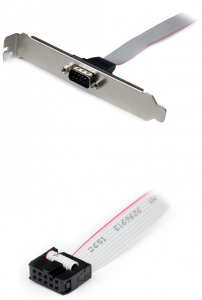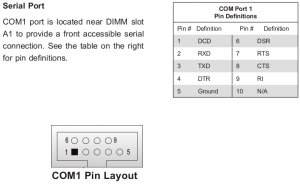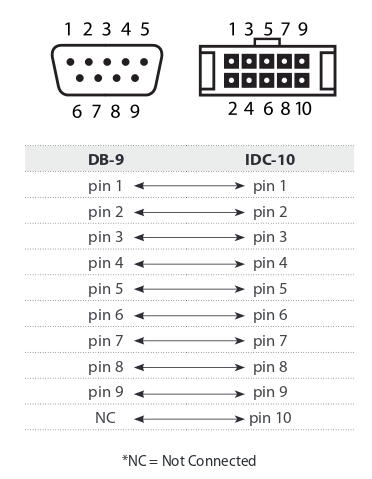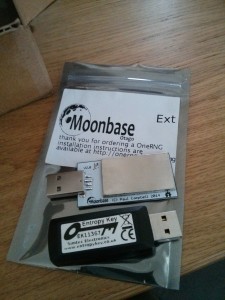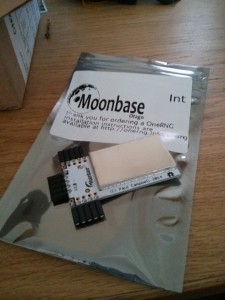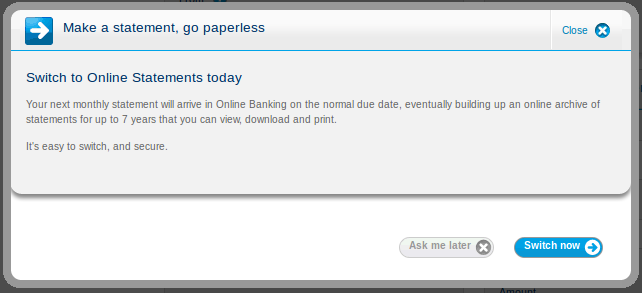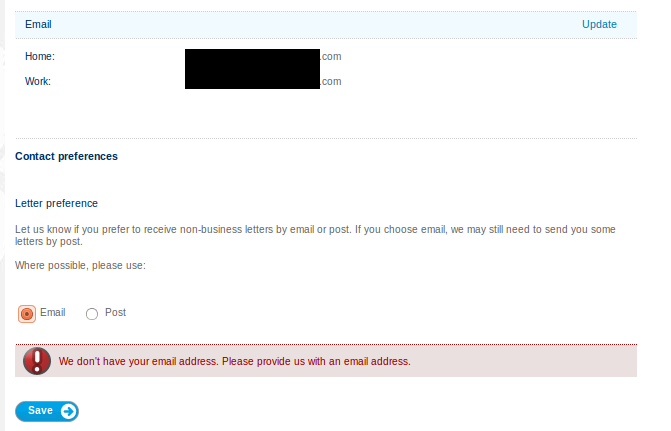Dear Lazyweb,
I’m thinking of having a conversation, face-to-face, with my MP about the draft Communications Data Bill. I’ve already done some research on the logical and moral reasons why the bill is a terrible idea. I feel pretty confident in how I can articulate those points.
My MP is a Labour MP though, so I am wondering what additional points I can bring up that will appeal to the Labour party. I’m hoping that those of you who aren’t going to write to or visit your MPs would instead be willing to lazyweb me some advice.
Most obviously there is the fact that Labour is in opposition so anything they can say to criticise the coalition government is a good thing for them.
On that score, we have the following ace in the sleeve:
Labour have subjected Britain’s historic freedoms to unprecedented attack. They have trampled on liberties and, in their place, compiled huge databases to track the activities of millions of perfectly innocent people, giving public bodies extraordinary powers to intervene in the way we live our lives. The impact of this has been profound and far-reaching. Trust has been replaced by suspicion. The database state is a poor substitute for the human judgement essential to the delivery of public services. Worse than that, it gives people false comfort that an infallible central state is looking after their best interests. But the many scandals of lost data, leaked documents and database failures have put millions at risk. It is time for a new approach to protecting our liberty…
– David Cameron, “Invitation to Join the Government of Great Britain”, 2010
The problem I can foresee is, what if my MP points out that the bill is almost identical to the one Labour tried to introduce in 2008/2009 and therefore is something that she is broadly in favour of?
If this does happen then I could possibly try the angle that although Labour did investigate it, they found it had too much public opposition and was technically infeasible at a sensible cost. In effect I could try to spin this as a further attack point on the coalition that despite a past government having already spent time and money on this and getting an answer the coalition doesn’t like, they are going to do it all over again. If anything in an age when we have even less money and time to be spending on it.
I think my MP is a fan of Harriet Harman. Has Harriet Harman yet said anything that would indicate opposition of the CDB in all its past incarnations? What was Ms Harman’s stance on the CDB when Labour were proposing it? Give me links, people.
Any more ideas why Labour should get their hate on?
(If my MP is reading this, no disrespect is intended and I’m fully glad that you are able to read this without having to snarf it off of a black box on my ISP’s network! I look forward to having a chat with you about it.)
Update:
Just after writing this I contacted my MP’s secretary and asked for details of her surgeries. I was emailed back and asked if I would instead like to speak to her on the phone.
I was disappointed at not being offered a face to face meeting, but not wanting to appear to be a nutter I agreed to this and a call was scheduled for 2.30pm on Friday 6th July.
Depending on how it goes I may still try to have a follow up meeting. Whatever the case I will put all my concerns in writing anyway.
Update Friday 6th July:
It got to 3pm and I hadn’t had the call I was promised, so I emailed the MP’s secretary again to ask if it was still happening. The secretary replied immediately that she was sorry and would text my MP to find out what had happened.
Shortly afterwards I received a phone call from my MP, who was obviously in her car, apologising. She said that she had hoped to speak to me between meetings but was now having to rush to another and wouldn’t be able to, and asked if we could re-schedule the call for Monday 9th July.
I have agreed to that.
Update Monday 9th July:
Our phone call had been arranged for 11.30 today. By 12.30 I hadn’t received a call, so I emailed the MP’s secretary again to ask if it was still happening. As of 2pm I’ve received no response and I’m not available on the phone for the rest of today.
I’m rather disappointed that it seems to be so difficult to speak to my MP about this important piece of proposed legislation. I suspect that, as my first query about surgeries was turned into a suggestion of a phone call, that my MP doesn’t hold surgeries (I can find no details of any surgeries she may have held). I haven’t got infinite time to spend on this and am considering just putting my views in writing and calling an end to it.
Update Tuesday 10th July:
I received an email reply this morning from my MP’s secretary saying that she (the secretary) had not been working the day before so had not seen my email querying the lack of phone call. She asked me to confirm if a phone call had taken place. I replied that it had not taken place.
Around 5.45pm someone else from my MP’s office emailed me to ask if I was able to take a phone call on Friday (13th). No explanation of why the previously arranged call hadn’t happened.
I’m unsure at this point whether to suck it up and agree to reschedule the call, or whether to give up. If this were anyone in my personal or professional life I would have given up on them by now. But that doesn’t help anyone does it, and leaves me open to the criticism that I just didn’t try hard enough.
Update Wednesday 11th July:
Yesterday I was rather frustrated by the whole thing, but after a night’s sleep I’ve had chance to calm down and I’ve decided that in the interests of getting my point across I will swallow my pride.
I’ve again asked if a face to face conversation at a surgery is possible (because I think this is a complicated subject that isn’t best discussed on the phone), but if not then I’ve agreed to reschedule the call for Friday.
Around 09:45 I received a phone call from Mary Jo (secretary) who apologised unreservedly for how I had been treated and promised to sort it out today. I’m now glad that I didn’t lose my temper yesterday.
It’s since been arranged that I will have a face to face meeting with my MP on Friday 13th, so that’s great news.
Update Friday 13th July:
I think the meeting today went well. Ms Malhotra gave me plenty of time to discuss my concerns, seemed to genuinely take many of them on board and offered me some very useful advice for how I might like to take things further. She apologised for the initial problems I’d had in getting to speak to her. Overall I’m very glad that I persevered with this.
Of course there is much more to do, but making my views known to my MP was a necessary step.
